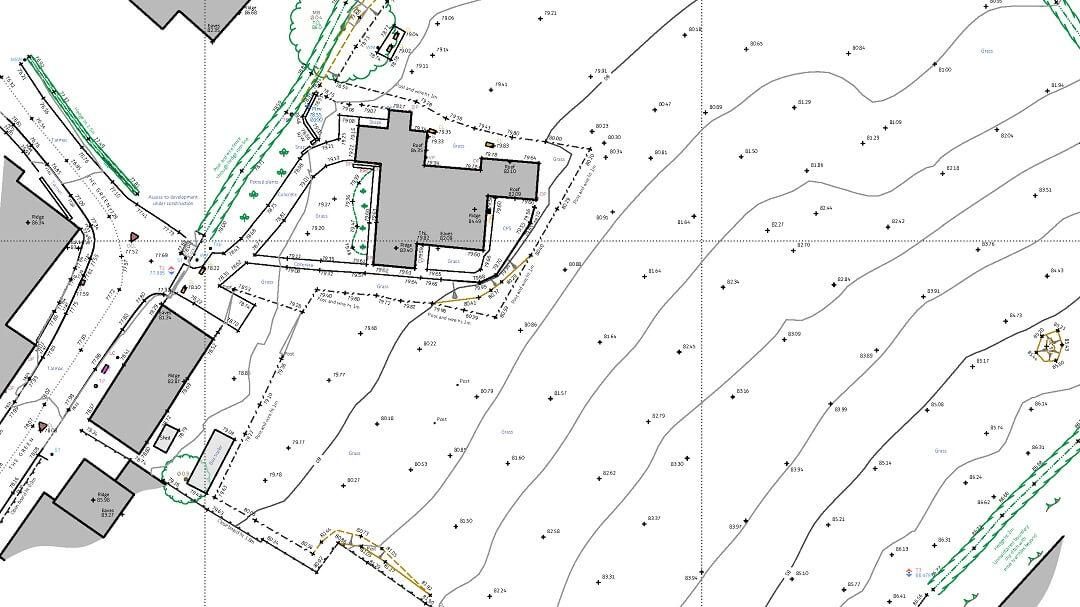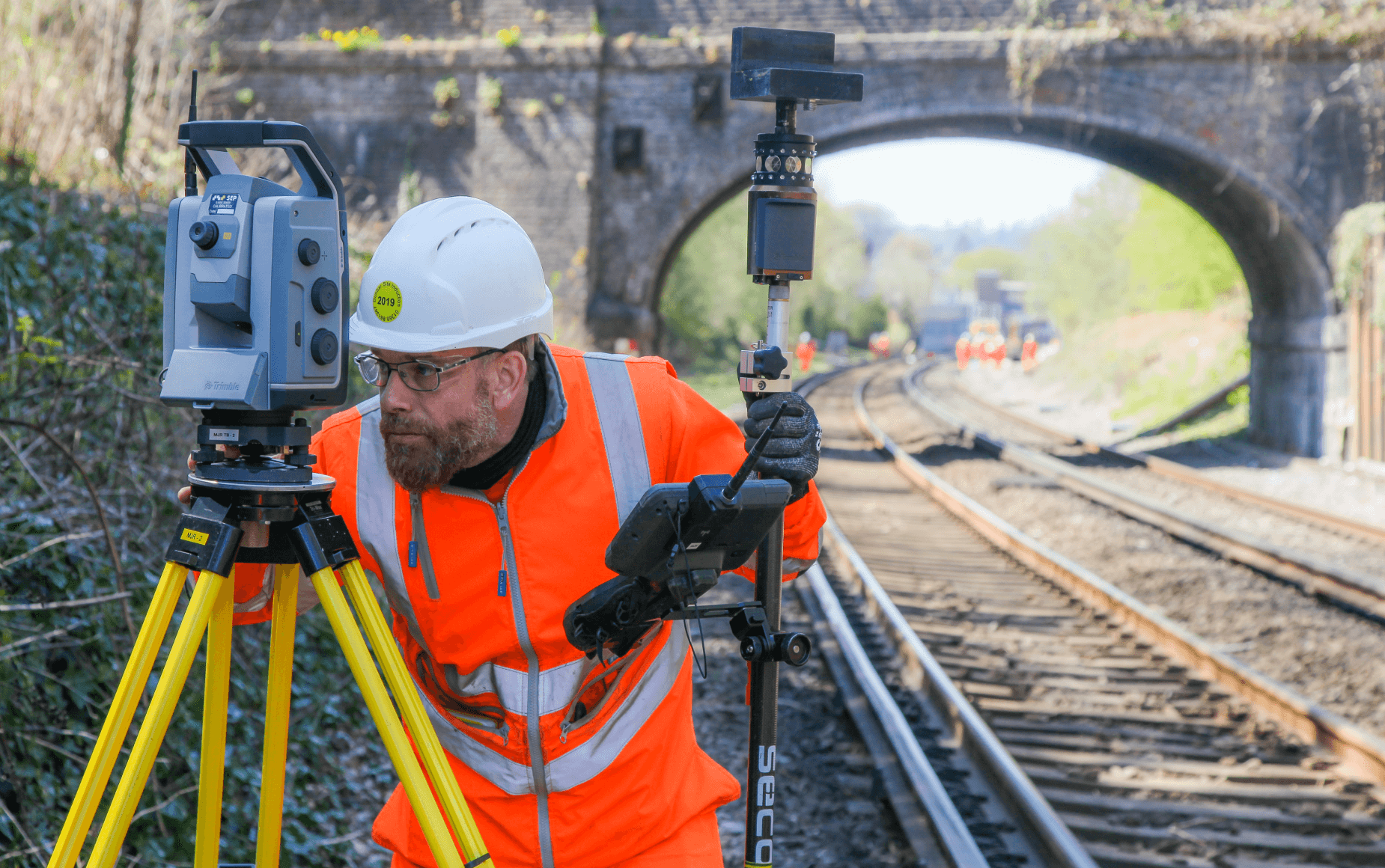Topographical Surveying: A Complete Guide for Land and Site Development
Topographical Surveying: A Complete Guide for Land and Site Development
Blog Article
Important Tools and Strategies in Setting Out Design
The technique of establishing out design counts greatly on a collection of crucial tools and techniques that underpin the precision and effectiveness of job implementation. What implications does this hold for future design techniques?
The Relevance of Accurate Dimensions

The significance of accurate measurements prolongs beyond plain compliance; they are integral to the general performance of engineering procedures. Mistakes can cause material waste, project delays, and enhanced labor prices, inevitably influencing the project's bottom line. Accurate dimensions enhance the top quality of the final product, making sure that it does as intended and fulfills the assumptions of stakeholders.
Additionally, the significance of exact measurements appears in different design self-controls, consisting of civil, mechanical, and electric design. Each area demands a special approach to measurement, yet the underlying need for precision continues to be constant. As projects come to be significantly complex, the dependence on exact measurements will just heighten, emphasizing the demand for continual advancements in dimension techniques and innovations. Thus, promoting a culture that focuses on precision is essential for the future of design.
Crucial Devices for Laying Out
Laying out, a critical phase in the engineering and building process, counts heavily on specific devices that guarantee exact area and alignment of frameworks. Amongst these devices, the surveyor's level attracts attention, giving exact straight dimensions vital for developing reference factors. This tool allows engineers to establish elevation changes and preserve harmony throughout the task website.
The overall station is an additional vital device, incorporating electronic distance measurement with angular measurement capabilities. This modern technology enhances effectiveness and precision in catching spatial information, enabling efficient website design and preparation.
Additionally, using determining tapes and noting devices, such as chalk lines or risks, is essential for briefly marking limits and crucial points on the website. These fundamental devices, though easy, are important for making certain clear interaction amongst the building group concerning task specs.
Lastly, GPS modern technology has gotten traction in setting out processes, providing real-time placing information and significantly enhancing precision over standard techniques. Collectively, these vital tools develop the foundation of effective laying out techniques, eventually adding to the successful execution of engineering and building jobs.
Advanced Evaluating Methods
Advanced evaluating techniques play an essential function in boosting the precision and efficiency of design projects. These strategies incorporate a variety of methodologies that provide exact information for style and construction. Typical approaches, such as progressing and triangulation, have actually progressed into much more innovative approaches, including Total Terminal surveys and Worldwide Navigation Satellite Equipment (GNSS)
Total Station tools integrate electronic theodolites with range dimension abilities, allowing surveyors to collect exact location data with great speed. This innovation considerably reduces mistakes connected with hand-operated measurements and supplies real-time data handling. GNSS offers exceptional accuracy for large-scale jobs by using satellite signals to establish exact positioning, which is necessary for ensuring and lining up frameworks conformity with layout specifications.
In addition to these devices, advanced methods additionally integrate geospatial evaluation and 3D Extra resources modeling. These approaches make it possible for designers to imagine surface and website problems a lot more efficiently, facilitating far better decision-making during the preparation phase. By employing these innovative evaluating techniques, design tasks can achieve greater precision in layout, reduce rework, and ultimately boost total task success.
Digital Innovation in Engineering
The integration of digital innovation has actually changed engineering practices, enhancing both performance and precision throughout different disciplines. Tools such as Building Information Modeling (BIM) help with the visualization and administration of complex jobs, allowing engineers to work together effortlessly and make informed choices. This technology allows the production of in-depth 3D versions, which can be evaluated for architectural stability and performance prior to construction starts.

The application of artificial knowledge and artificial intelligence in design processes better improves predictive upkeep and optimization of sources. These innovations enable the evaluation of large information sets, leading to far better forecasting and boosted job outcomes. Overall, electronic modern technology is improving the design landscape, driving technology, and guaranteeing that projects are completed with higher efficiency and minimized risk. As the market proceeds to advance, welcoming these tools will certainly be vital for future success.
Best Practices for Implementation
When applying electronic technology in engineering, it is critical to establish a critical approach that aligns with job objectives and organizational abilities. A thorough assessment of existing process and technology framework is vital to determine spaces and possibilities for improvement. Involving stakeholders early in the procedure cultivates collaboration and ensures that the innovation fulfills user requirements.

Project supervisors must take on an iterative implementation approach, permitting changes based upon real-time feedback and performance assessments. This nimble strategy not just mitigates risks but additionally advertises constant enhancement by integrating lessons discovered.
Verdict
To conclude, the combination of necessary devices and progressed methods in laying out design is essential for making sure precision in dimensions and effective project execution. Employing tools such as land surveyor's degrees, overall stations, and GPS technology, alongside modern-day evaluating approaches, boosts accuracy and reduces the chance of errors. Taking on ideal methods in application further maximizes these procedures, eventually fostering boosted task outcomes in the engineering and building sectors.
The self-control of setting out design depends heavily on a suite of crucial devices and techniques that underpin the accuracy and efficiency of project execution.Moreover, the significance of accurate measurements is obvious in various engineering disciplines, consisting of civil, mechanical, and electric engineering. By employing these sophisticated link checking strategies, design projects can attain better accuracy in design, reduce rework, and eventually boost overall task success.
In general, digital innovation is reshaping the design landscape, driving advancement, and guaranteeing that tasks are completed with greater effectiveness and lowered risk (setting out engineering).In verdict, the integration of necessary tools and progressed techniques in setting out design is vital for guaranteeing accuracy in measurements and successful job implementation
Report this page